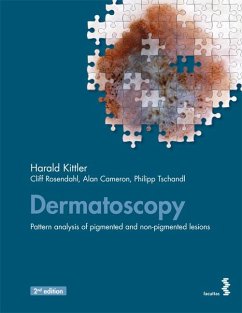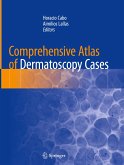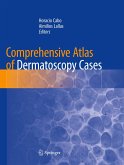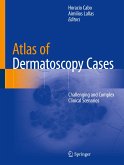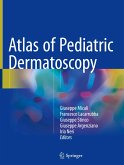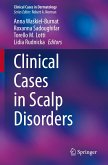Dermatoscopy has undoubtedly advanced diagnostic accuracy of pigmented and non-pigmented skin lesions. Pattern analysis is the most powerful of current methods for dermatoscopic diagnosis, but it does present significant challenges to the learning dermatoscopist.We present here an algorithmic method, derived from pattern analysis, based on logical analysis of simply defined geometric features. We consider this presents fewer barriers to the beginner, but retains sufficient power for the most experienced user. Most importantly, it provides a better framework for elevating experience beyond mere anecdote, allowing experience to lead to true expertise.

